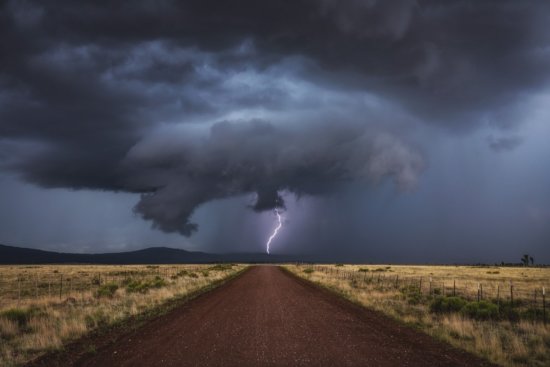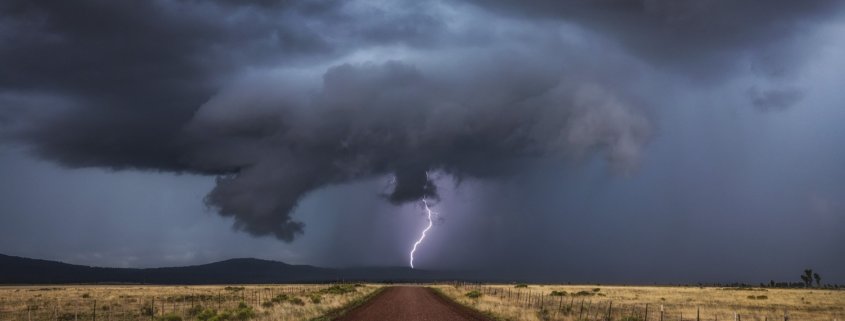Nature Photography – Planning your Summer Photo Trip
Over the years, I have found myself trying to venture to the mountains and higher elevations during the summer. The cooler, comfortable temps are much more relaxing and make nature photography more enjoyable in summer months. However, I also find it difficult to leave the desert landscapes during the summer monsoons. This article discusses what to consider when planning these summer trips as well as how to stay safe.
With any nature photography, one must figure out what and where they want to photograph. Are you looking to photograph fields of wildflowers under high alpine mountains? What mountains are calling for you? Interested in chasing the monsoons in the great southwest? What are the nature photography subjects that speak to you and pull you to a particular location? Thunderous lightning while chasing monsoons in the southwest?
Chasing Storms
One major factor for chasing those monsoon storms is staying motivated. Often times, these are long days and nights without much, if any, payoff. Limited on time? Consider choosing a particular location that will yield stunning nature photos with or without storms like the Grand Canyon. Be sure that you are planning well in advance for popular nature photography locations like national parks. It is often a good idea to reserve camping or lodging months ahead of time as they fill up fast.

A fortuitous strike of lightning directly aligned with this county road in Northern Arizona. I used my lightning trigger to capture this lightning strike.
Storm chasing for nature photography is exciting and exhausting, but there are many safety risks involved. Three of the most common safety risks associated with storm chasing are lightning strikes, flash flooding, and getting caught in a dust storm (or Haboob). You should be able to acknowledge when it is time to move on or wait it out. It is never worth risking your life for a photograph.
To photograph lightning, there are mobile apps like Weatherbug that help you track how frequent and close it is striking. This definitely comes in handy when trying to figure out when to move on. For photographic purposes, it’s never a bad idea to have a lightning trigger to photograph daytime lightning strikes. Not only will this save you space on your memory cards, but also the frustration of potentially not getting the shot. There are numerous brands out there including the name brand, lightning trigger that is highly regarded as the best (I use one by MK Controls called the Lightning Bug).

Using my Mk Controls Lightning Bug Lightning Trigger, I was able to capture this scene of multiple lightning strikes during the day.
Severe lightning often comes with heavy rain and hail. Many of the roads in the southwest cross through washes which flood during these storms. In areas where flooding is common, signs warn not to enter when flooded. It is important to adhere to these signs.
While dust storms don’t occur from every storm, they can be incredible forces of nature. Not only do they make visibility extremely difficult, but they can have much longer lasting health risks. With all the dust in the air coming from all sorts of places, it’s a good idea keep your face covered. A bandana around the mouth and nose is usually good enough to block these particles. You never know what diseases may be floating in those giant walls of dust.
If you want to capture one of these events on camera, consider using a wide angle lens to include the entire wall of dust. Because these storms can move quickly, trying to stitch a panoramic may be difficult unless you are far enough away.
Photographing Wildflowers in Mountains
If chasing monsoon storms isn’t quite your speed, consider a trip to photograph mountain when the summer wildflower blooms. The nature photography pace is much more relaxed as you are not “chasing” any particular weather pattern (although dynamic weather is always good). If you are not a backpacker, there are numerous options within the National Park system that offer summer wildflower viewing. Two of the most popular are Mount Rainier National Park in Washington and Glacier National Park in Montana. Both of these parks offer great short hikes through some incredible nature photography opportunity with scenery full of colorful flowers.
Trying to time the peak flower blooms can be a little tricky. Typically, the best blooms occur in August, but this all depends on snow pack. The more snow, the later the blooms will be. A lack of snow pack can cause blooms to occur even earlier than normal. Snow pack reports are available online for various alpine locations and are a good resource to follow and determine when to hit the trails.
While this is a much slower-paced trip to consider, there are still some risk involved. If you live in low elevation (typically 2,000 ft or less above sea level), you may find yourself having difficulty breathing high up in the mountains (6,000 ft+). Consider spending the first two days of your trip acclimating yourself to these higher elevations. You will find hiking to be much more comfortable rather than pushing your physical limits and risking your overall health. This is even more important if you plan on doing backcountry backpacking in the mountains. If you begin to feel any signs of altitude sickness (which can consist of nausea, headaches, and shortness of breath), the best course of action is to head to lower elevation as soon as possible.
Wildlife Photography
Those heading into the backcountry to photograph in a bit more solitude may come across wildlife along the way. This can happen on more popular trails as well, but the odds are greater in the backcountry where humans are not as abundant. You may come across deer, elk, mountain goats, bighorn sheep, etc which are typically harmless. However, in places like Glacier National Park and Yellowstone, you also have two species of bear. Bear spray is proven to be an effective deterrent and should only be used in case of serious threat. These canisters are not cheap and only last for about four seconds. Take a little bit of time to understand how and when to use it.
Of course, when the opportunity arises make sure that you have the appropriate gear for wildlife photography! Remember to keep a safe distance (25 yards from deer, elk, etc and 100 yards from bears and wolves). Any zoom range from 70mm to 600mm can yield fantastic results. Remember, you don’t always have to fill the frame with the animal as well. Many newer telephoto lenses are also lighter and more compact making it easier to bring along on hikes.
With summer soon approaching, now it’s time to start planning and preparing for those nature photography trips. Where will you be exploring this summer?













